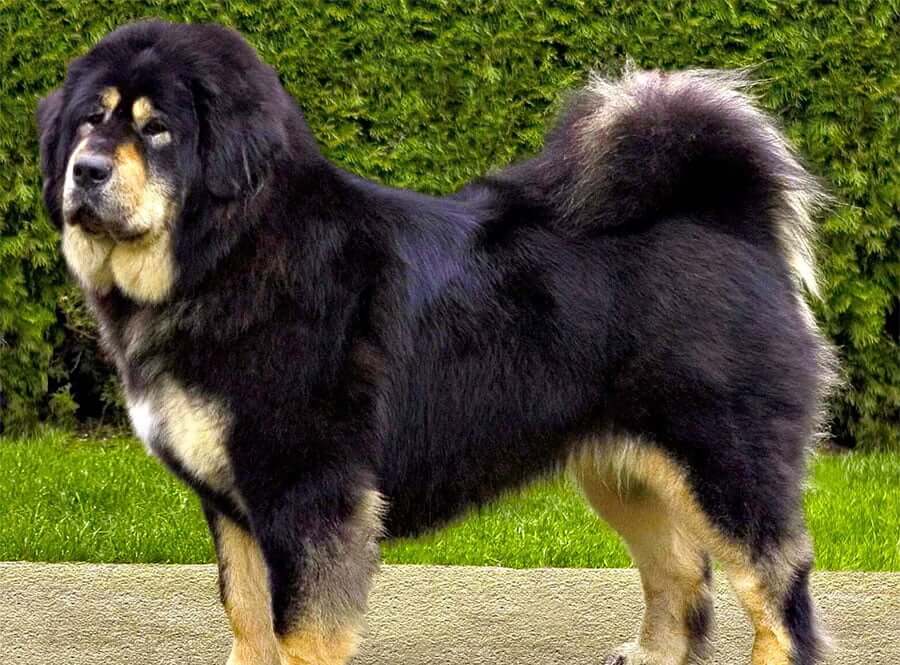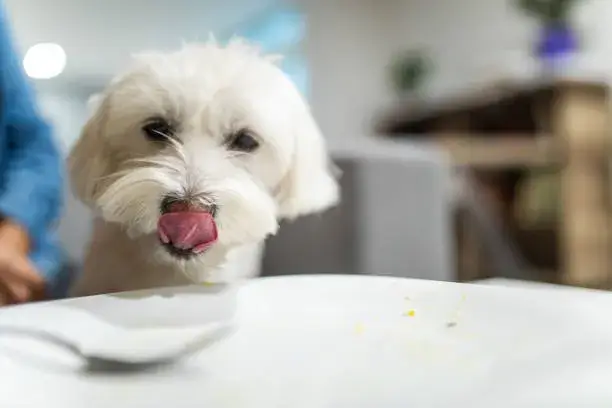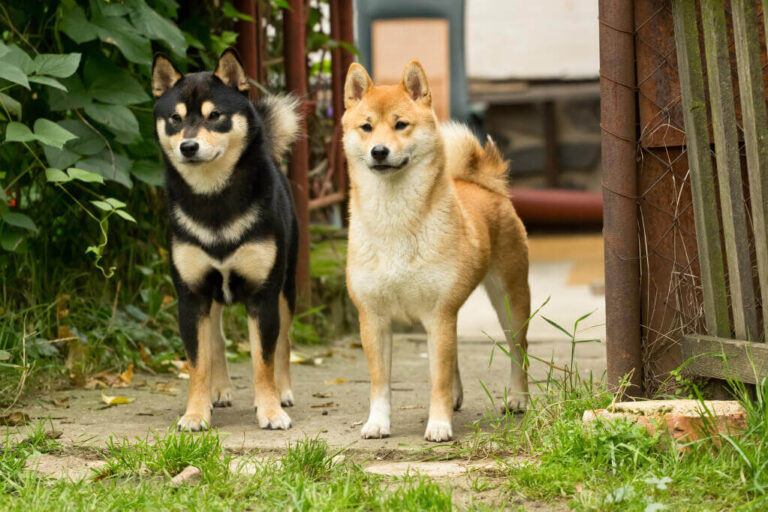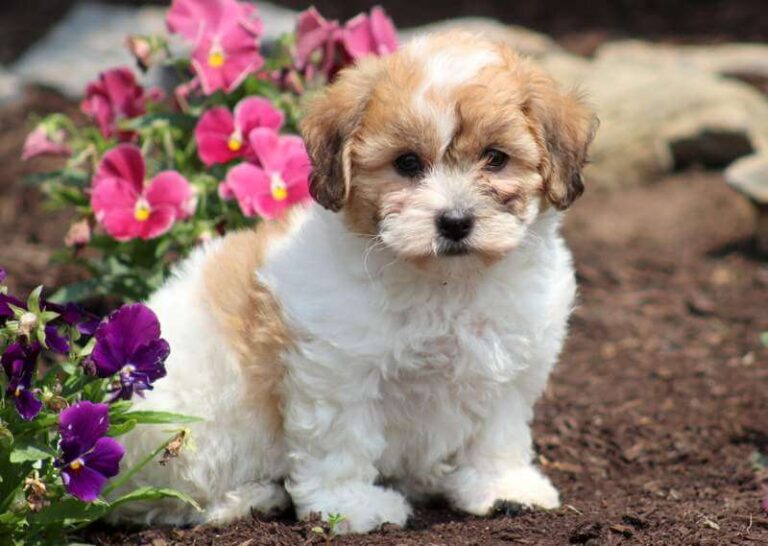The Complete Guide to the Bhotia Dog Breed: History, Characteristics, Health, and Care
The Bhotia Dog, also known as the Himalayan Sheepdog or Bhote Kukur, is a strong, spirited, and highly skilled breed originating from the rugged terrains of the Himalayas. Known for their loyalty, endurance, and intelligence, this breed has been essential to mountain life, especially for herding and guarding livestock.
This in-depth guide covers everything you need to know about the Bhotia Dog, from their history and physical characteristics to care tips and common health concerns, ensuring your furry companion stays happy and healthy.
Contents
Key Characteristics of the Bhotia Dog

Size:
Bhotia Dogs are medium to large-sized breeds, with males typically larger than females. The average height for males ranges from 24 to 28 inches (60-71 cm), while females stand between 22 to 26 inches (55-66 cm). Their sturdy build reflects their origins as working dogs in mountainous regions.
Weight:
Adult males generally weigh between 70-90 pounds (32-41 kg), while females weigh 55-75 pounds (25-34 kg). This powerful yet agile build allows them to excel in their primary roles as herders and protectors of livestock.
Coat Varieties:
Bhotia Dogs have thick, dense coats, essential for surviving in cold, high-altitude climates. Their double coat comprises a soft, insulating undercoat and a longer, water-resistant outer coat. Coat colors typically include black, brown, tan, and shades of gray.
Lifespan:
The average lifespan of a Bhotia Dog is 10-14 years, though with proper care, many individuals live well beyond this range.
Temperament and Behavior
The Bhotia Dog is known for being brave, loyal, and protective. They are brilliant, independent, and adaptable, making them excellent working dogs for guarding livestock and property. Despite their strong instincts, they are affectionate and devoted to their families, forming deep bonds with their human companions.
While these dogs are often wary of strangers, they are not typically aggressive without reason, preferring to assess a situation before acting. However, their protective instincts make early socialization essential to ensure they grow into well-rounded adults.
Ideal Owners:
Bhotia Dogs thrive in homes with ample space to roam and an active lifestyle. They are not well-suited for apartment living and do best with owners who can meet their exercise needs. Experienced dog owners who understand the challenges of working breeds will find the Bhotia Dog a rewarding companion.
Rich History of the Bhotia Dog
The Bhotia Dog has a long history tied to the indigenous communities of the Himalayan region, particularly in northern India, Nepal, and Bhutan. These dogs have been invaluable for centuries, primarily serving as livestock guardians and protectors against predators such as wolves and snow leopards.
Culturally, the Bhotia Dog is revered for its unwavering loyalty and tenacity. In remote Himalayan villages, these dogs are often considered family members and play a significant role in the agricultural and pastoral lifestyle. Their resilience in harsh environments and ability to perform various tasks, from herding to guarding, have cemented their place as an integral part of mountain culture.
Common Health Issues in Bhotia Dogs
While Bhotia Dogs are generally hardy and robust, their breed-specific traits can make them susceptible to specific health conditions. As a responsible owner, it’s crucial to be aware of potential health problems so you can take preventive measures or seek treatment early.
1. Hip Dysplasia:
Hip dysplasia is common in large dog breeds, including Bhotia Dogs. It occurs when the hip joint doesn’t develop correctly, leading to arthritis and pain. Regular vet check-ups, maintaining a healthy weight, and providing joint supplements can help manage this condition.
2. Elbow Dysplasia:
Like hip dysplasia, this condition affects the elbow joints and can lead to lameness or arthritis in the front legs. Again, weight management and a proper diet can mitigate the risk.
3. Bloat (Gastric Dilatation-Volvulus):
Bhotia Dogs, like many large breeds, can be prone to bloat, a life-threatening condition in which the stomach fills with gas and twists. Immediate veterinary attention is crucial if symptoms like a swollen abdomen or difficulty breathing appear.
4. Hypothyroidism:
This condition affects the dog’s metabolism due to an underactive thyroid gland. Symptoms include lethargy, weight gain, and skin issues. Hypothyroidism can be managed with medication and regular blood tests.
5. Skin Infections:
Due to their thick coats, Bhotia Dogs may be prone to skin infections, especially in humid conditions or if grooming is neglected. Regular grooming and maintaining a clean, dry coat can help prevent skin-related issues.
Best Care Practices for Bhotia Dogs
To ensure your Bhotia Dog leads a healthy and happy life, focusing on their unique care needs is important. Here are the essential aspects of their care:
1. Diet and Nutrition:
Bhotia Dogs require a high-quality diet rich in protein and healthy fats to support their active lifestyle. Puppies should be fed a specially formulated puppy food to support growth and development. Adult dogs need a diet supporting muscle maintenance and joint health, while seniors may benefit from lower-calorie, nutrient-dense meals to prevent weight gain.
2. Exercise:
As a working breed, the Bhotia Dog has high exercise needs. A minimum of one to two hours of physical activity daily is essential to keep them mentally and physically stimulated. Hiking, running, and agility training are excellent ways to meet their exercise requirements.
3. Grooming:
Due to their thick, double-layered coat, Bhotia Dogs require regular grooming. Weekly brushing will help remove loose hair and prevent matting, especially during shedding seasons. Extra care should be taken in colder months to ensure their coat remains clean and dry to avoid skin infections.
4. Training and Socialization:
Early training and socialization are crucial for Bhotia Dogs, as their natural guarding instincts can lead to territorial behavior. Positive reinforcement techniques work best for this breed, which is highly intelligent but can also be independent-minded. Consistency and patience will help them become well-mannered companions.
5. Veterinary Care:
Regular veterinary check-ups are essential for monitoring your Bhotia Dog’s health and catching potential issues early. Routine vaccinations, flea and tick prevention, and dental care should be part of their overall health routine.
Cultural Significance of the Bhotia Dog
In the Himalayan regions, the Bhotia Dog holds significant cultural importance. For many communities, these dogs are considered protectors of livestock, homes, and families. In some cultures, Bhotia Dogs are believed to bring good fortune, and their loyalty is deeply cherished. The breed’s ability to survive and thrive in harsh conditions has also symbolized resilience and perseverance.
FAQs About Bhotia Dogs
What is the English name of Bhote dog?
The English name of the Bhote dog is the Himalayan Sheepdog, reflecting its primary role in herding and guarding livestock in the Himalayan regions.
What is the size of the Bhotia dog?
Bhotia Dogs are medium to large, with males standing between 24-28 inches and females measuring 22-26 inches in height.
What is the price of a pure Bhotia dog in India?
The price of a purebred Bhotia Dog in India typically ranges from ₹15,000 to ₹30,000, depending on location, breeder reputation, and lineage.
What is the lifespan of a Gaddi dog?
The lifespan of a Gaddi dog, another name for the Bhotia Dog, ranges from 10 to 14 years, depending on their overall health and care.
Conclusion
The Bhotia Dog is a magnificent breed with a rich history, incredible endurance, and loyal nature. They are perfect companions for those who lead active lifestyles and can provide the space and mental stimulation this breed requires. By understanding their needs—from exercise and diet to grooming and training—you can ensure that your Bhotia Dog enjoys a healthy, fulfilling life. Their unique blend of independence and loyalty makes them stand out, earning them a well-deserved spot in the hearts of their owners and communities.
- Golden Retriever Pros and Cons: What Every Pet Parent Should Know - 15 September 2025
- Cane Corso Dog Breed: Health, Care, and Lifespan - 14 September 2025
- Catahoula Leopard Dogs: Description, Temperament, Lifespan, & Facts - 21 July 2025







